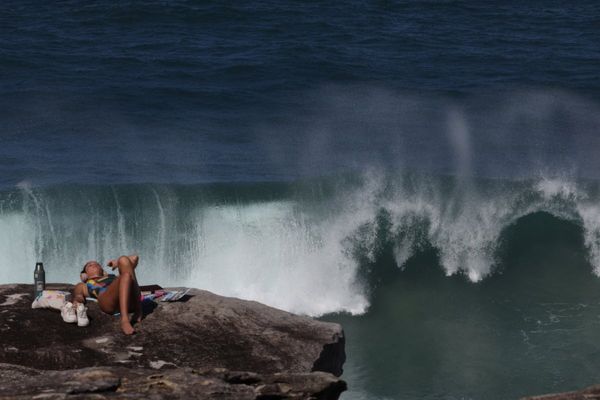
Recent incidents of underwater cable sabotage in the Baltic Sea and the South China Sea have raised alarms among top officials, who suspect the involvement of Russia and China in these strategic regions.
Maritime sabotage activities have been on the rise in these areas over the past few years, with a notable escalation in recent months. In November, two cables under the Baltic Sea were severed, and a Chinese-flagged commercial ship was intercepted by Danish naval forces for dragging its anchor along the Baltic seabed, damaging critical undersea cables connecting various countries.
Similar incidents occurred in October 2023, further fueling suspicions of intentional sabotage. European leaders quickly voiced concerns over these attacks, pointing to the vulnerability of subsea infrastructure in the region.
China has denied any deliberate wrongdoing in these incidents, but suspicions remain high given its history of targeting international undersea cables. Taiwan has also begun investigating a possible link between China and recent cable damage, prompting measures to enhance its satellite network for communication resilience.
Notably, a vessel allegedly tied to Russia was seized by Finland for suspected involvement in damaging telecommunications and power cables in the Baltic Sea. The vessel's connection to Russia's 'shadow fleet' strategy, aimed at bypassing sanctions and supporting its activities, adds another layer of complexity to the situation.
The U.S. Defense Department has been monitoring these developments closely, warning of China's aggressive tactics in both the Baltic Sea and the Taiwan Strait. The European Union has expressed concerns over the potential coordination between Russia and China in these maritime sabotage incidents.
In response to these threats, NATO is set to announce a new defensive strategy called 'Baltic Sentry,' involving increased naval presence, drone fleets, and AI technology for enhanced detection and response capabilities in the Baltic Sea. Security experts suggest that these attacks are likely part of a more coordinated effort rather than isolated events.
As tensions escalate in these critical waterways, international stakeholders are closely monitoring the situation to prevent further disruptions to vital undersea infrastructure and ensure regional security.







